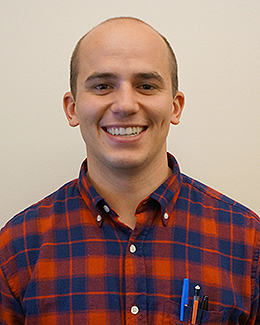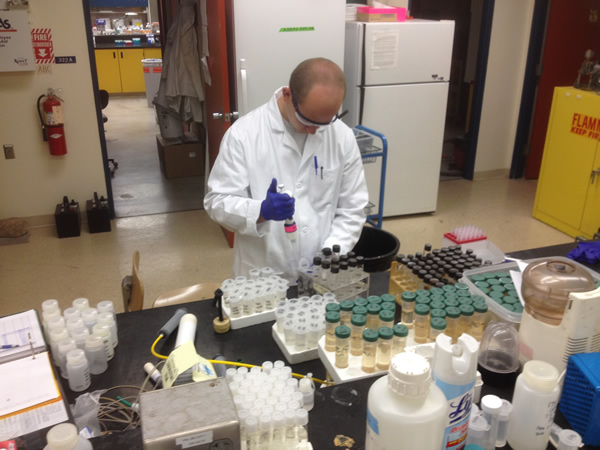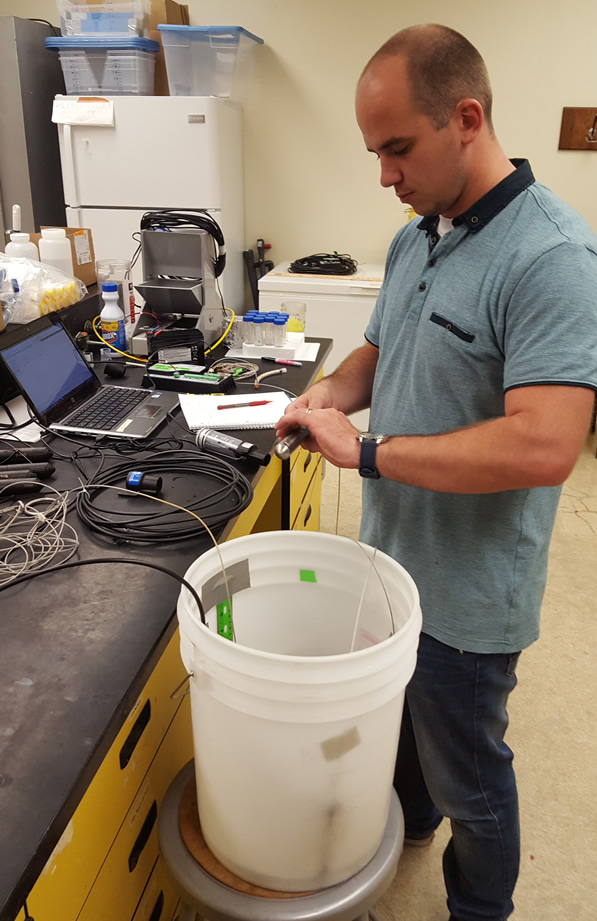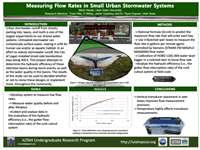iUTAH Team - Undergraduate iFellows

Mitchell Steele
Utah State Univerity
Mentors:
Faculty: Ryan Dupont, USU
Graduate: Trixie Rife, USU,
Near-Peer: Darianne Willey, USU
Research Focus:
Research Focus Area 2
Major:
Civil Engineering
Biography:
Mitch Steele was born in Orem UT, and has lived most of his life in Orem. In the fall of 2012 he attended one semester at Snow College and then left on an LDS mission to Detroit, MI. In the fall of 2015 he attended USU and started pursuing a degree in Civil Engineering.
iFellow Presentation:
Weekly Recap:
Week 1 | Week 2 | Week 3 | Week 4 | Week 5 | Week 6 | Week 7 | Week 8 | Week 9 | Week 10 | Week 11
Week 1: May 16-20, 2016
Had an introduction into the Utah Water Research Lab, and learned some of the techniques that we will be using to find metal content in water samples that we will be collecting throughout the summer. Later I designed a V-Notched weir that we can use to measure the flow from a curb cutout that leads to a bioretention bay.

Preparing samples from parking lot storm run off to go into the autoclave, where the samples will be heated up
and make it possible to be tested for different metals.
Week 2: May 23-27, 2016
This week I had the opportunity to start testing the V-Notched weir that we designed last week. We are testing to see if we can use a pressure transducer to measure the water level as it goes through the weir to measure discharge. I also went and took soil samples at one of our areas to have it sampled for arsenic.

Calibration with V-Notched Weir box and pressure transducer.
The goal is to be able to measure discharge rate from curb cut out during rain storm.
Week 3: May 30-June 3, 2016
This week we were able to enter some of the data needed to start calibrating the pressure transducer. We are also working on getting other resources to help with calibration faster. The purpose behind why it is important to get the pressure transducer calibrated is so we can measure the average flow of water that enters the bioretention bay from the gutter.
Week 4: June 6-10, 2016
During the last five days I have been writing and re-writing the literature review for my project. It has been exhausting yet thrilling. Being an undergraduate student, I feel that I'm not academically prepared for this level of academic writing, or for that matter, this level of research! I am so grateful to my wonderful mentors and this program for allowing me to grow and learn so much this summer. I love being part of something that is this meaningful and that everyone in the program is so passionate about. I also enjoy being able to go home every day and share with my family all the things that I learn, especially with my children. I try to instill in them respect and appreciation for our natural resources.

Helping high schoolers at USU's E State become involved in engineering and build a bio sand filter.
Week 5: June 13-17, 2016
This week we ran some more tests on the V-Notched weir to calibrate and see what design works best. Tested all of our pressure transducers to see which ones were the most accurate in depth measurement. Also helped proses some water samples from a parking lot in SLC.

Collecting data/testing pressure transducer in bucket to find how much we need to curve data tested from V-notch weir.

Running test on V-Notched weir to calibrate the depth and flow rate.
Week 7: June 27-July 1, 2016
This week we are still running some test on different weir boxes to calibrate. the weir boxes that are finished and calibrated have been installed on 3rd east. waiting for rain so that we can get results.

Installed V-Notched Weir on 300 east in Logan, UT.
Week 9: July 11-15, 2016
This last week I made some final updates to my poster and also looked at different ways to improve the accuracy of the system developed to measure flow. Presented my poster and receive great feed back from different iUtah members on how I can improve my design and work with the pressure transducers better.
All content provided on this iUTAH Team - Undergraduate iFellows weekly recap is unedited, updated by each participant to provide a review of their progress, and is for informational purposes only.



